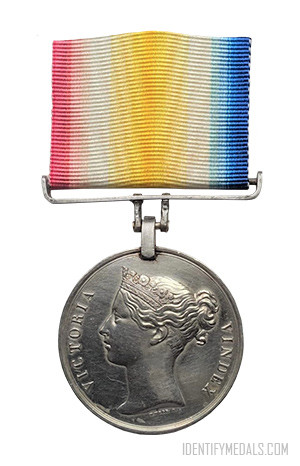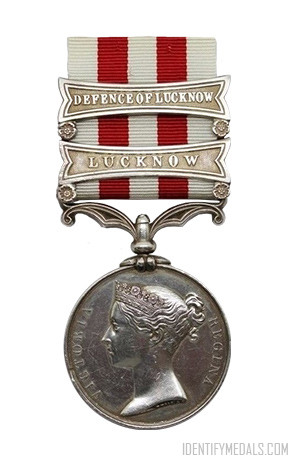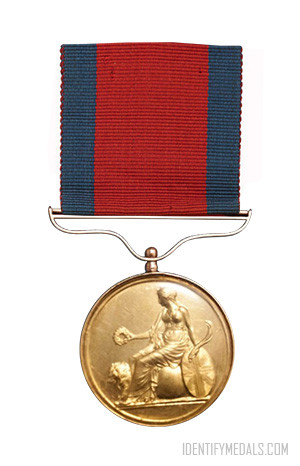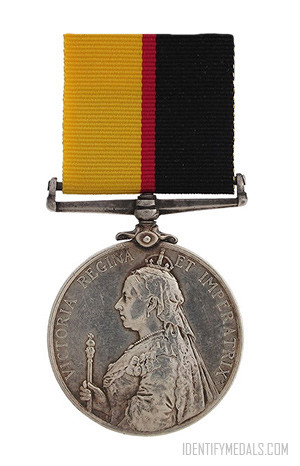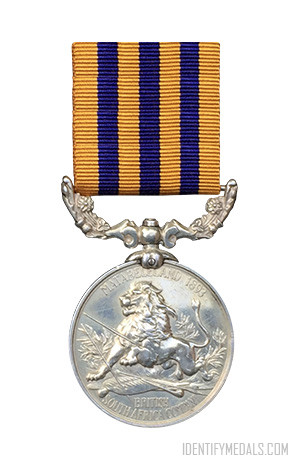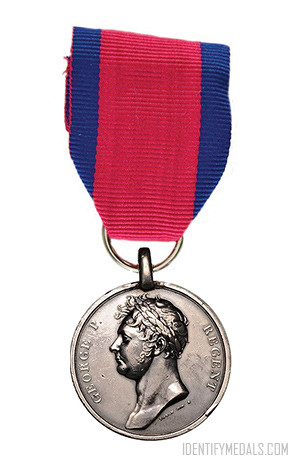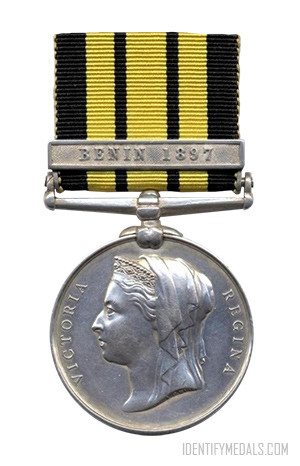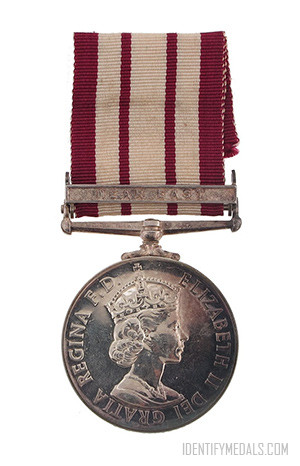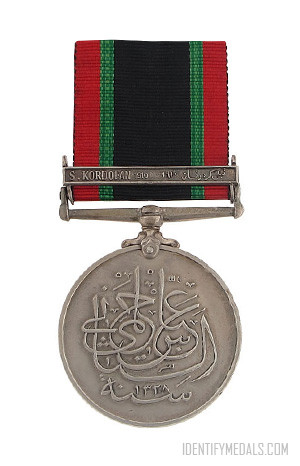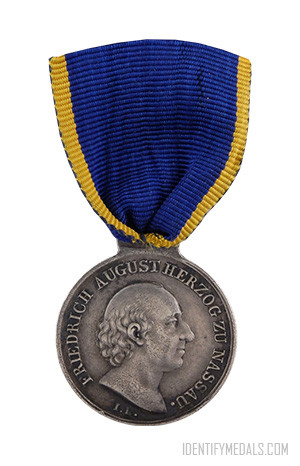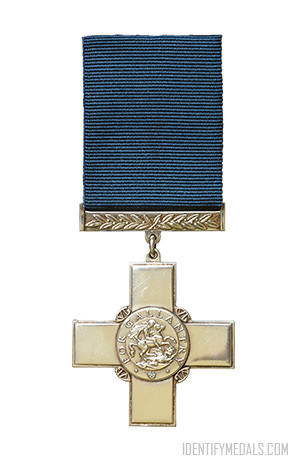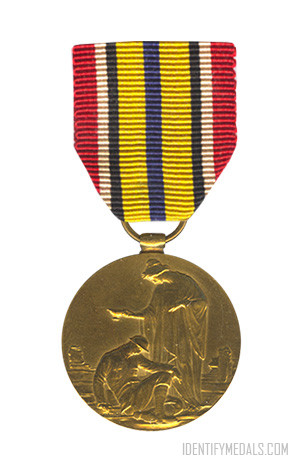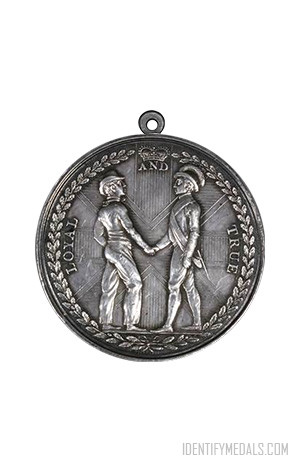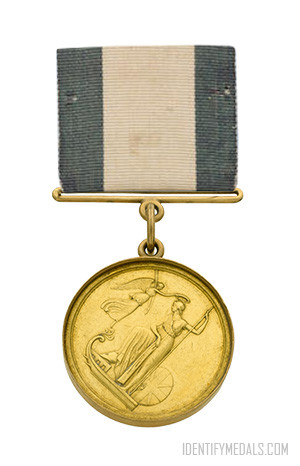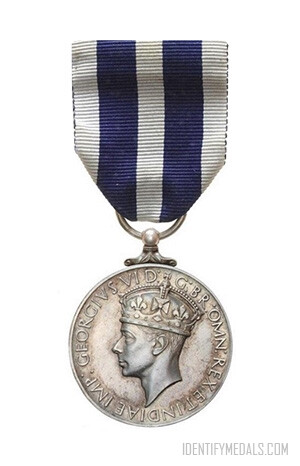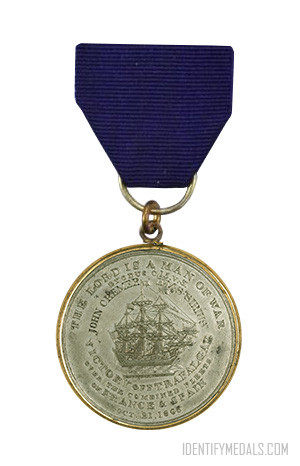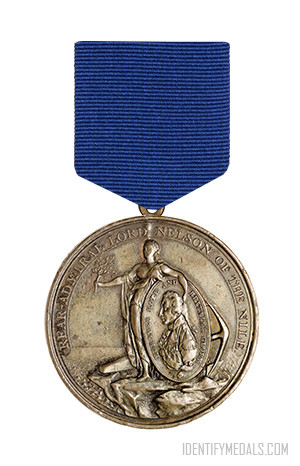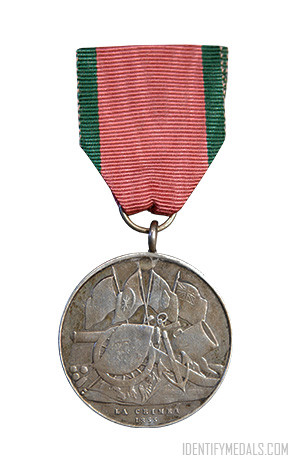- Time Period: Pre-WW1
- Year of Institution: 4 October 1842
- Country: Great Britain
The Candahar, Ghuznee, Cabul Medal was was approved by General Order at Simla 4 October 1842 and awarded to those who took part in the campaign in the spring and summer of 1842 to restore British standing in Afghanistan after earlier defeats during the First Anglo-Afghan War.
Approximately 22,100 Candahar, Ghuznee, Cabul medals were awarded, some 4,400 to members of the British Army and 17,700 to the mainly native forces of the Honourable East India Company.
The Candahar, Ghuznee, Cabul Medal Design
The medal was designed by William Wyon and struck in silver. It measures 36 millimeters (1.4 in) in diameter.
The obverse shows the diademed head Queen Victoria facing left with the inscription ‘VICTORIA VINDEX’ (PROTECTOR). Four different reverses were struck, indicating the campaigns in which the recipient served: ‘CANDAHAR 1842’ within a laurel wreath, surmounted by a crown. ‘CABUL 1842’ within a laurel wreath, surmounted by a crown. ‘GHUZNEE’ ‘CABUL’, each within a separate laurel wreath, surmounted by a single crown and with the year ‘1842’ below. ‘CANDAHAR, GHUZNEE, CABUL 1842’ within a single laurel wreath, surmounted by a crown.
The suspension consists of a straight steel suspender, attached to the medal by way of a steel clip and pin. The ribbon is the watered rainbow colored ribbon common to most East India Company medals, with a pattern of red, white, yellow, white and blue.
The recipient’s name and regiment were engraved on the edge for the medal.

